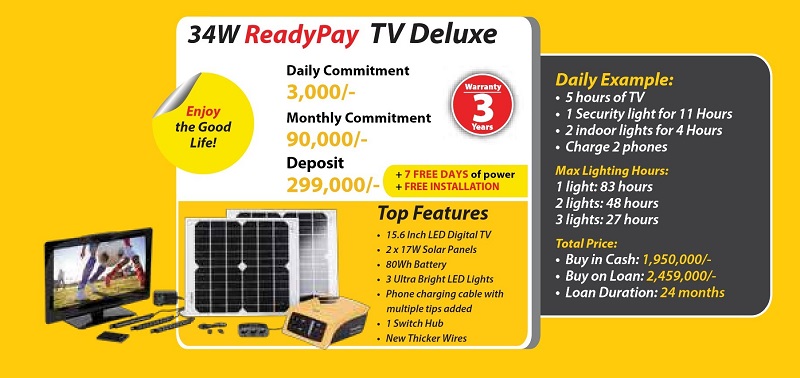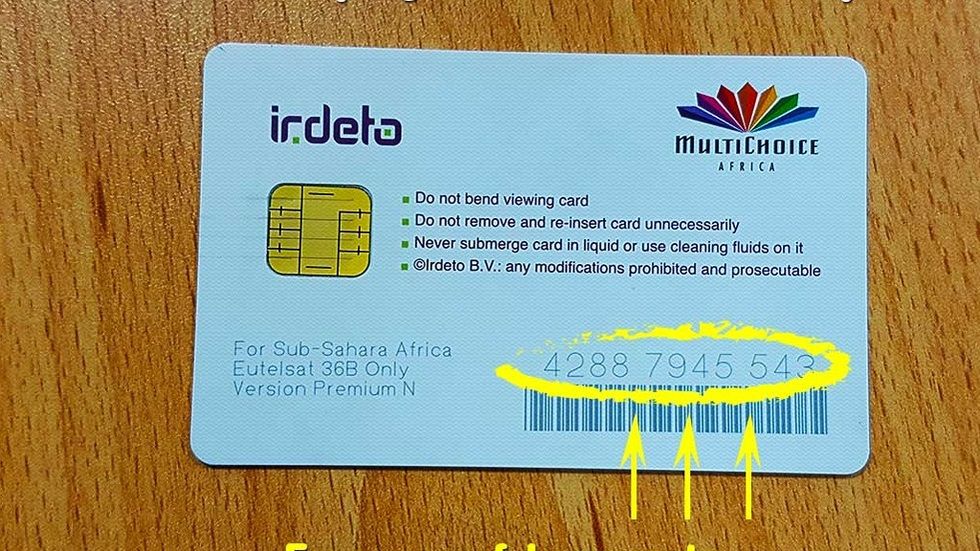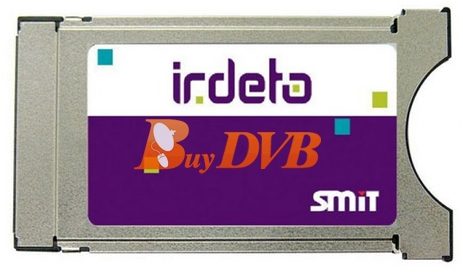So then, one might ask…is this the end of set-top boxes and home entertainment as we know it? Not quite. Let me explain The likes of Sony Bravia (DVB-T2 Tuner: CXD2865GA), LG ( models 42LN540V & 32LN540U) and Samsung (i.e. UA32F4000, UA32F5000 & UA40F5000) have a few models floating around as do other TV manufacturers. On the African continent, we came across a solar company, Fenix International Uganda, which bundles ReadyPay TVs with a built-in decoder/TV tuner. These TVs have exchangeable CAM CI Modules, which we will explain in a bit. In Kenya, AzuriTV is a similar offering to Fenix. The Azuri/Zuku partnership delivers a 24inch LED TV with a built-in decoder powered by solar. In the same vein, these TVs come with Zuku CI cards, which can easily be swapped for other Pay-TV service providers. Even StarTimes, a Chinese multinational media company which has dug inroads in Africa, has a few HD TVs with built-in decoders. These Integrated TVs are dual Terrestrial/Satellite HD TVs coming in sizes of 32″ and 40″. Related content: What we know about Startimes HD TVs with in-built decoders
So what are CAM CI Modules?
As some unlucky Integrated TV owners will tell you, not all TVs with built-in decoders are made equal. A large number of Integrated TVs are actually not manufactured with Common Interface (CI) slots. What you should know is that this technology facilitates the decryption of Pay-TV channels via removable Conditional Access Modules (CAM). In a perfect world, this would enable you to switch between Pay-TV service providers by merely swapping Smartcards. A CAM CI Module is a gadget where you insert your exchangeable Smartcard which facilitates various encryption protocols by various Pay-TV providers. In theory, at least. CAM modules actually accept Pay-TV Smartcards containing provider-specific decryption codes among other permissions. However, as they say, the devil is always in the details. The truth of the matter is that not all Integrated TVs actually come with Common Interface (CI) slots like that shown in the image above.
You can still watch Free-to-Air TV
So, what happens when you find yourself with an integrated TV set lacking a CI slot? What you ought to do is to purchase an antenna, preferably the outdoor kind. This done, connect it to the RF-in/Coaxial port as you normally would on your TV/decoder (via the RCA inputs for video(yellow) and audio (red & white). Afterwards, scroll through the TV settings until you spot the tuning options. Once you’re done, your TV will be able to screen Free-to-Air TV channels in your region. Sometimes this is all you need. It’s free of charge after all. Unfortunately, as there’s no legal way to decrypt/decode the Pay-TV channels, you might have to purchase the actual TV tuner/decoder of your preferred Pay-TV service provider.
Why you don’t need an Integrated Digital TV
Pay-TV home entertainment media companies are clearly not in the charity business. Satellite and Terrestrial signals are therefore scrambled by default. Decryption of the signal necessitates purchasing a separate decoder/TV tuner, unless if you have an Integrated digital TV. Unfortunately, TV manufacturers cannot possibly cater to a myriad of proprietary global encryption standards. Therefore, Integrated TVs might lack good content protection mechanisms. In the event that this encryption is breached, Pay-TV service providers have no way of locking down their system on a third-party device. For this reason, they would be very reluctant to support third-party devices. However, those Integrated TVs that support CAM CI Smartcards are a good deal, give or take. On the issue of price, an Integrated digital TV is obviously more expensive than the regular kind. Whether or not it’s cost-effective to buy a built-in digital TV tuner or not is what we are about to find out. Just so you know, if you have enough pocket change to buy an Integrated TV, how about just buying a regular TV and buying the decoders as you go? This gives you more leeway in what exactly you wish to watch. And it’s much cheaper. One more thing to consider is that on average, TVs tend not to be upgradeable as often as TV tuners. What use is a TV/decoder combo where the decoder becomes obsolete in a couple of years when better transmission standards become commonplace? And what’s in it to for the Pay-TV service providers? They make good money selling their own decoders, thank you very much. They are in more control of their product when they can personally vouch-safe their hardware.







